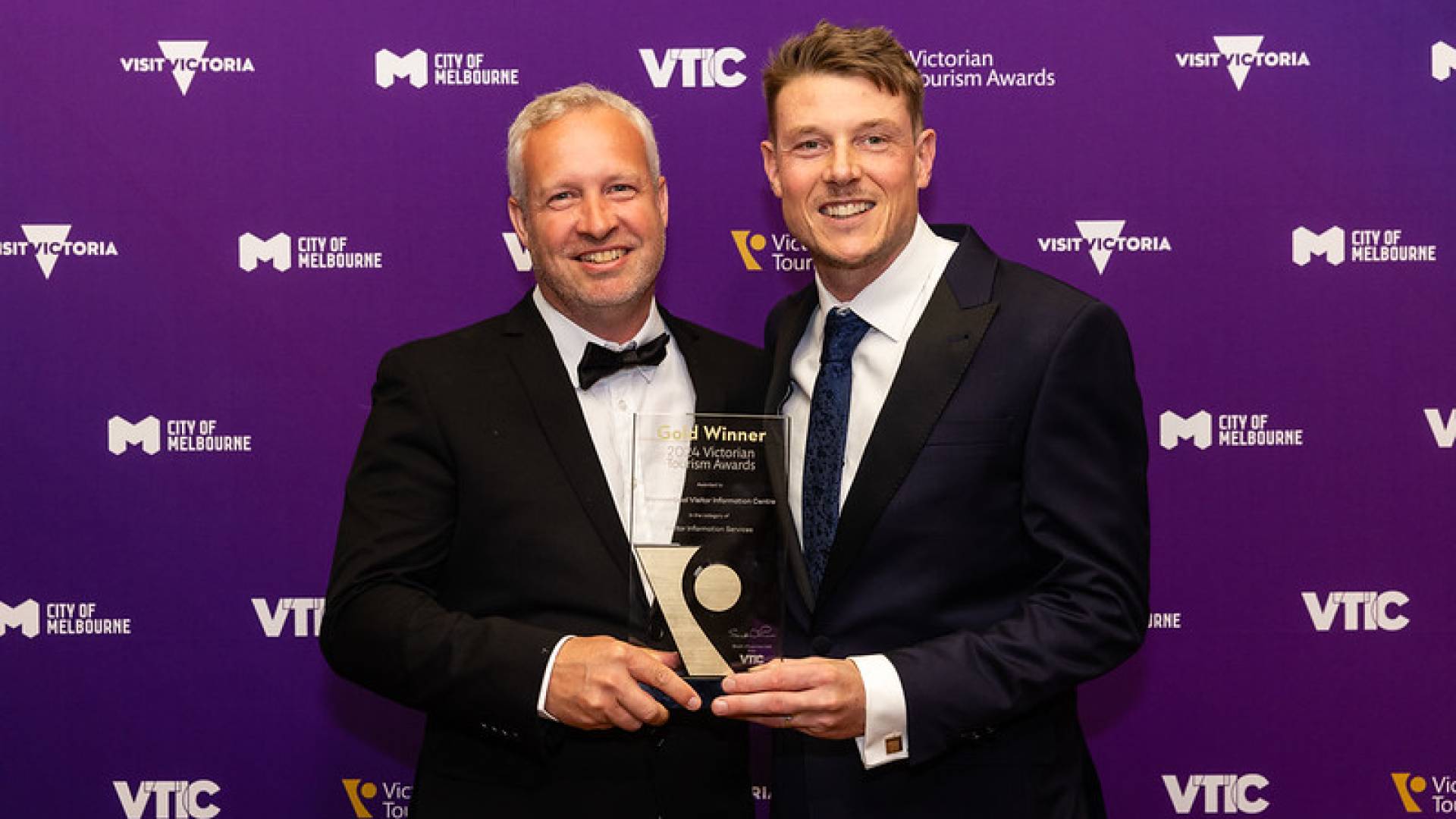The Russian invasion of Ukraine has delivered a Russian‑made energy crisis the world over. But it’s also given the world a reminder in real‑time of the costs and consequences of over‑relying on a substantial supplier of a critical resource.
Unsurprisingly, that’s helped elevate the conversations already underway about the highly concentrated nature of commodity markets, including critical minerals supply chains, as they currently stand.
In this context, Australia can boast some of the world’s largest reserves of globally significant deposits; a mining industry with some of the world’s most talented people; and a reputation as a solid investment destination.
This means that some of the world’s more confronting geopolitical realities are also compelling opportunities for our country.
Mining has done so much to drive our national prosperity to this point. And in this next era, it will underpin Australia’s position as a clean energy superpower.
We have exactly what the world needs, exactly when the world needs it. So from that, I draw this conclusion: critical minerals could be the opportunity of the century. And this is a generational opportunity that we cannot miss or mishandle.
By 2040, global demand for lithium is expected to be 40 times bigger than 2020 levels. Demand for graphite will be 25 times bigger. 21 times bigger for cobalt.
But while we supply about 55 per cent of the world’s lithium, we only have a very small share of the processing industry, no share of the battery precursor industry, none of the battery cell production industry, or any of the battery pack assembly industries.
So we can see that the further we move along the supply chain, and up the value chain, our contribution to it, and our dividend from it, fades away and disappears.
And this is where our great opportunity lies – not just in extracting and then exporting the rare earth metals that we have and that the world needs, but in moving our way up and along the value chain.
Adding value before we export – to cement our position in the global supply chain for low‑emissions technologies, create more jobs for Australians, and grow the economy in strong, inclusive, and sustainable ways.
As we open our minds more to the downstream opportunities in critical minerals, we also need to be clear‑eyed about the fact that more and more, critical minerals will become a locus of geo‑economic competition. And that means Australia becomes more essential to global supply chains.
We have globally significant deposits of essential minerals; a highly skilled mining sector; a stable investment environment and strong regulatory and governance arrangements; and a reputation as a trusted strategic partner to many of the world’s major economies.
To put it as simply as I can – our international friends need to rely on someone, so let’s have them relying on us.
It’s for these reasons our government, led by Resources Minister Madeleine King, is working to refresh the Critical Minerals Strategy.
And it’s important that we do this now, because of where we are currently at with critical minerals in terms of investment and exploration and production.
We want to be setting ourselves up for a boom that lasts with benefits that are shared – not tinkering around in the middle of it.
It’s why our first Budget invested in research and development, in innovation grants, and in the ³Ô¹ÏÍøÕ¾ Reconstruction Fund – which includes $1 billion for value‑adding in resources.
Rather than crowding‑out private investment, we’re thinking about how public capital can be a strategic complement – managing early‑stage risk and facilitating coordinated investments up the value chain.
We’re also thinking about our longer‑term investment requirements, including foreign investment.
We welcome and encourage foreign investment in critical minerals. In fact, attracting more global capital to our shores will be essential for us to realise the full benefits of this opportunity.
But as investment interest grows, and as the sources of that investment interest grow, we’ll need to be more assertive about encouraging investment that clearly aligns with our national interest in the longer term.
And part of securing crucial foreign investment is cooperating more closely with our key partners – on investment opportunities at all stages of the value chain.
If this is our great opportunity of this century, then we need to make sure it’s not a missed opportunity.
We’ll know it’s a success if our critical minerals wealth helps move us closer to energy independence; supply chain security; a high‑value economy; and a stronger strategic position on the international stage.
And as our partners around the world increasingly ask themselves what’s required to power the clean‑energy technologies of the future, and to sustain their economies – we know this: Australian resources can be the answer.







